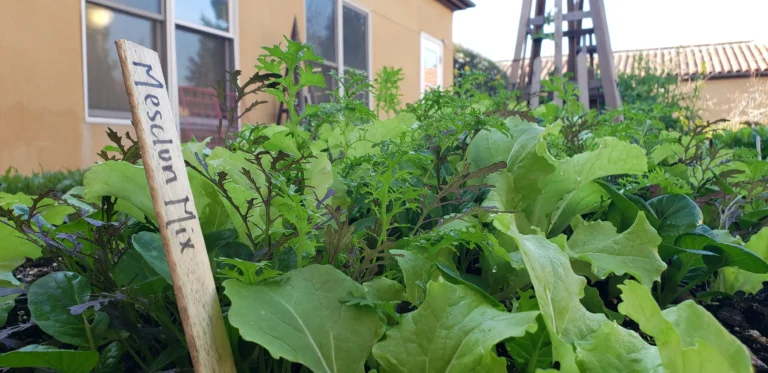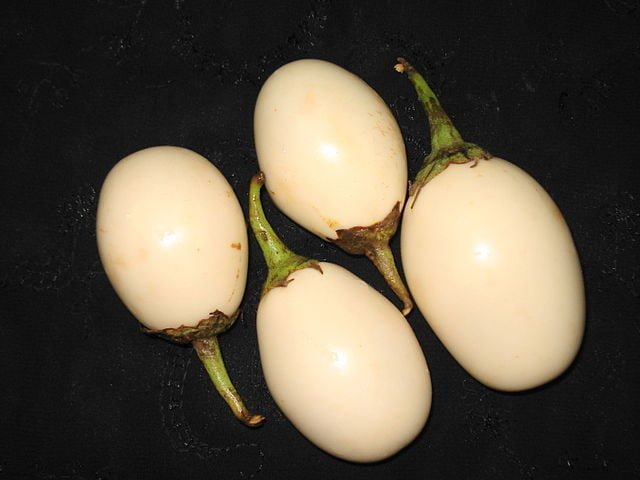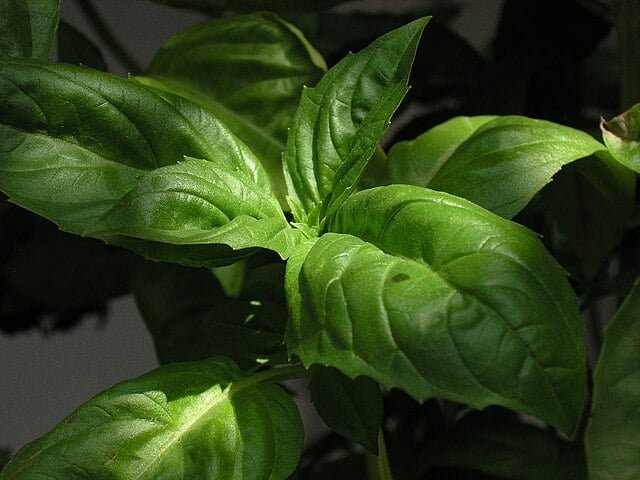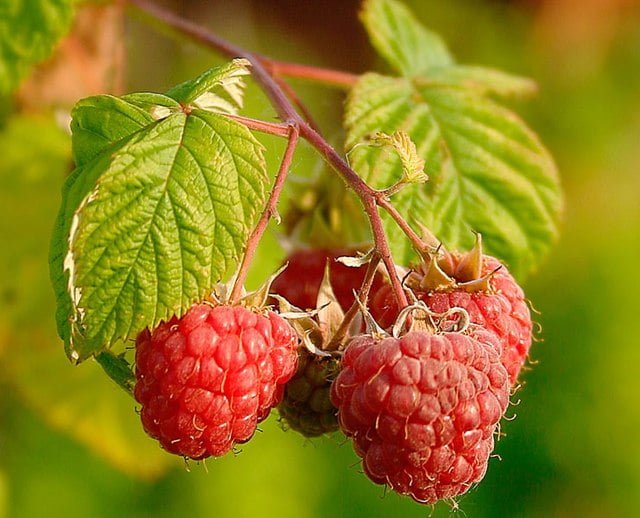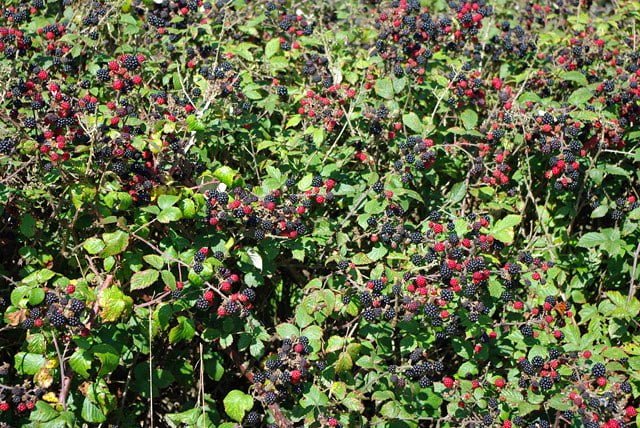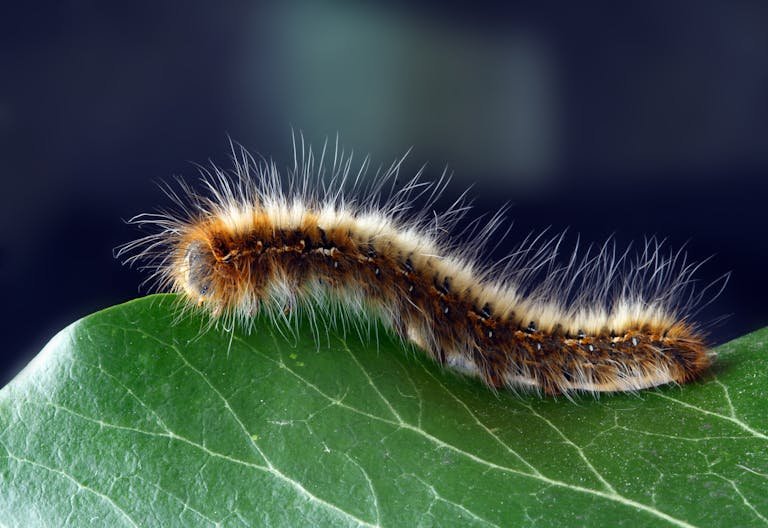Leeks: Mastering the Art of Growing Leeks
Leeks, with their subtle sweetness and robust growth, are a garden staple for chefs and home cooks alike. Belonging to the Allium family, leeks are valued for their layered, mild onion flavor, making them a versatile ingredient in soups, stews, and sautéed dishes. This guide will walk you through every step of the leek-growing process, from seed selection to harvest.
Why Grow Leeks?
Leeks are a must-have in the vegetable garden due to their hardiness, ease of growth, and culinary versatility. They can be harvested late into the fall and even through winter in milder climates, providing a valuable source of vitamins A, C, and K, along with essential minerals.
Selecting Varieties
There are several leek varieties, each with its own growth cycle and flavor profile. Early-season leeks are quicker to mature, while late-season varieties are ideal for overwintering. Some popular varieties include:
- ‘King Richard’: An early variety that matures quickly and is known for its tender texture.
- ‘American Flag’ (also known as ‘Bandit’): A hardy, late-season variety that’s perfect for overwintering.
- ‘Bleu de Solaise’: Known for its ability to withstand cold temperatures, making it an excellent choice for winter harvesting.
Planting Leeks
- Timing: Start seeds indoors about 8-10 weeks before the last frost date. Transplant outdoors when seedlings are pencil-thick and the danger of frost has passed.
- Soil and Site: Leeks thrive in well-drained soil rich in organic matter, with a pH between 6.0 and 7.0. Choose a sunny spot in the garden, as leeks require full sun to partial shade.
- Planting: Plant seedlings 6 inches apart in rows that are 12-16 inches apart. For blanched, tender white stalks, consider planting leeks in trenches and gradually filling them in as the leeks grow.
Caring for Leeks
- Watering: Keep the soil consistently moist. Leeks require a lot of water, especially during dry spells, to develop succulent stems.
- Feeding: Apply a balanced, all-purpose fertilizer at planting time and side-dress with compost or well-rotted manure mid-season to encourage growth.
- Mulching: Mulch around the base of leeks to retain moisture, suppress weeds, and keep the soil cool.
Pest and Disease Management
Leeks are relatively disease-resistant but can be affected by pests like onion thrips and leek moths. Implement crop rotation and practice good garden hygiene to minimize issues. Use floating row covers to protect young plants from pests.
Harvesting Leeks
Leeks can be harvested once they reach about 1 inch in diameter, but they can remain in the ground until needed. Gently loosen the soil around the leeks to ease them out. Leeks harvested after a frost will be especially sweet.
Storing Leeks
Fresh leeks can be stored in the refrigerator for up to two weeks. For long-term storage, leeks can be blanched and frozen. Alternatively, they can be overwintered in the ground in milder climates, covered with a thick layer of mulch for protection.
Conclusion
Growing leeks is a rewarding endeavour that enhances your culinary options throughout the year. With their ability to withstand cool temperatures and their delicious, mild flavor, leeks deserve a spot in every gardener’s plot. Follow this guide to enjoy a successful harvest of this esteemed vegetable.


